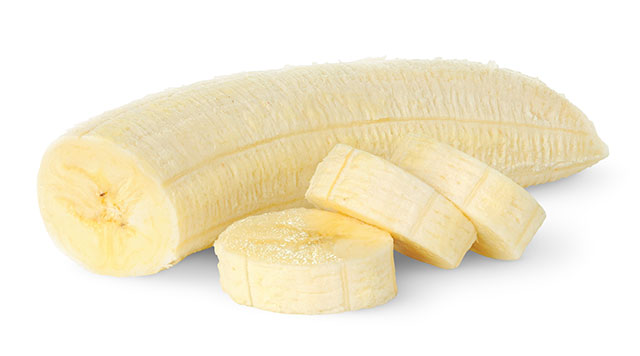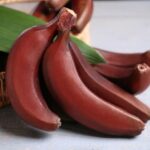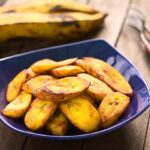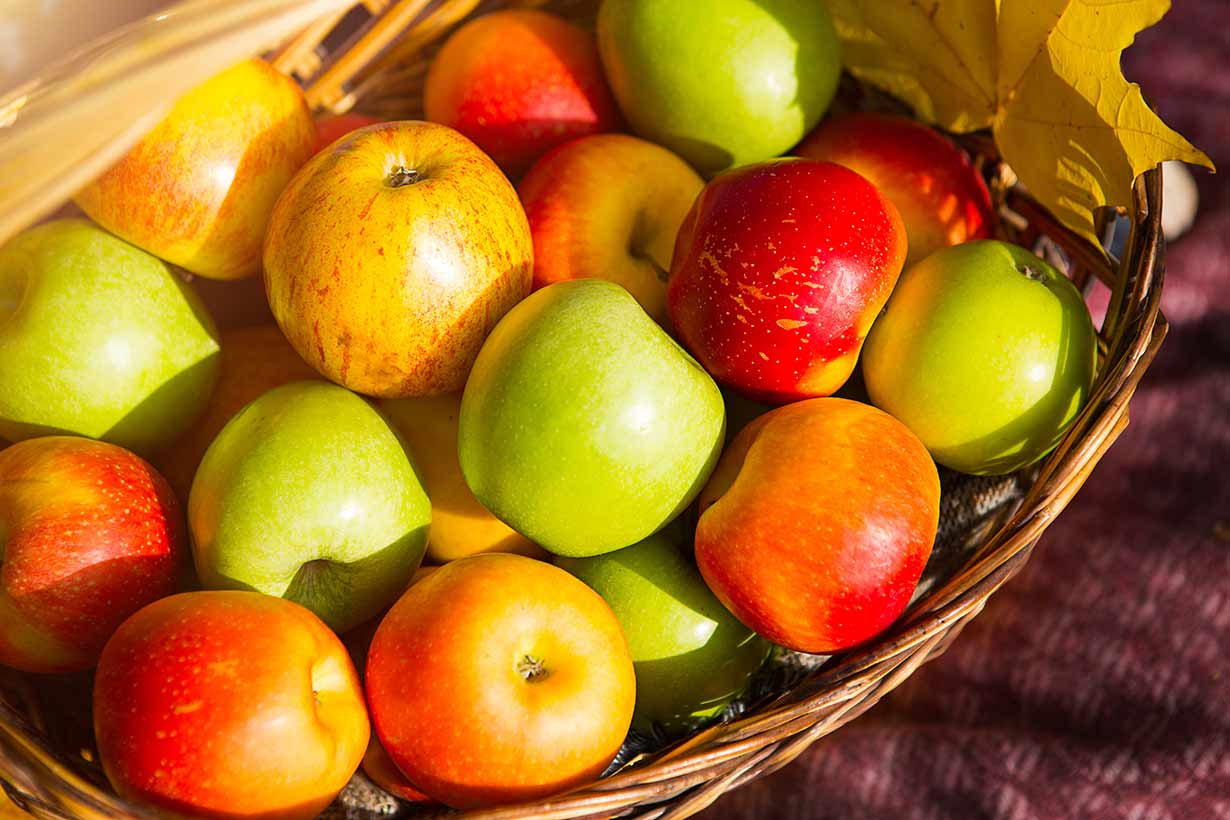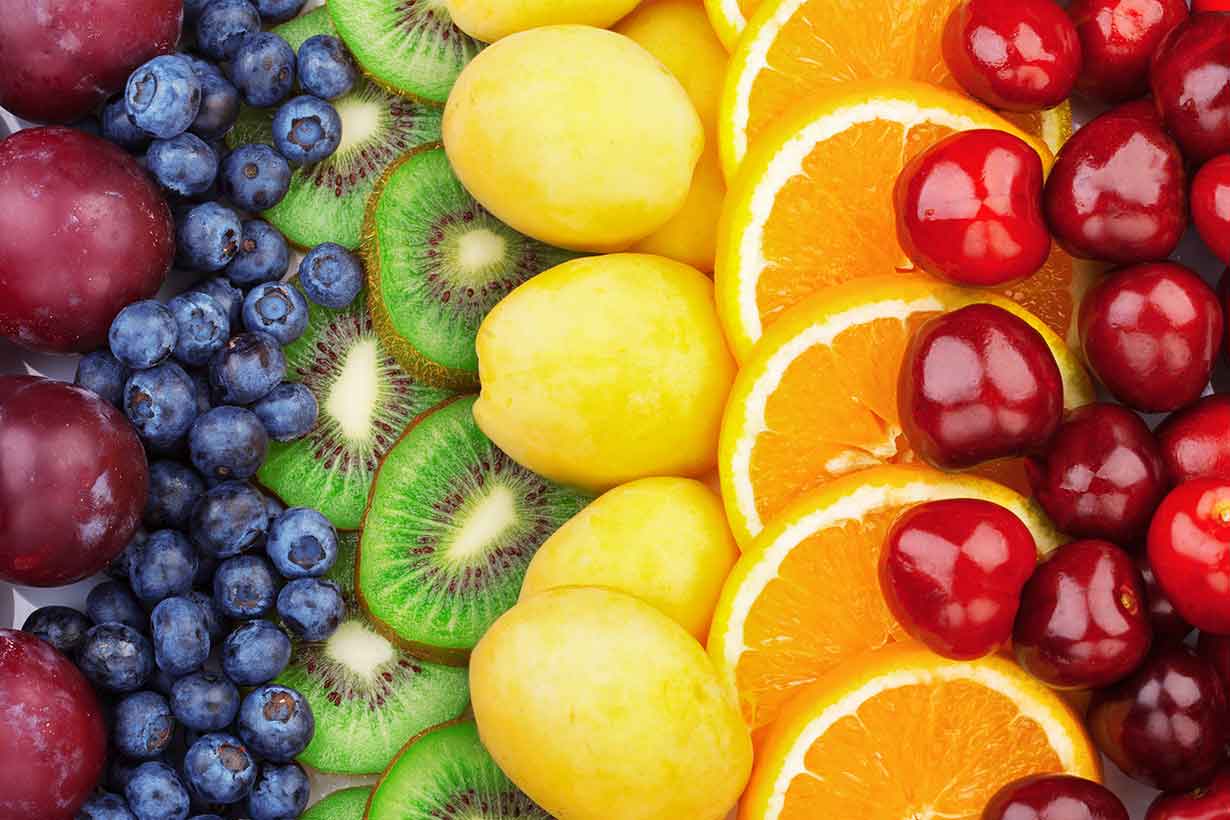The world produces more than 150 million tons of bananas per year.
Given such numbers, it is clear that bananas are one of the most popular foods in the human diet.
Despite this popularity, bananas are one of those foods that split opinion.
While many people believe they are a healthy choice of fruit, some claim they are little more than fruit sugar.
This article takes an objective look at bananas, their nutrition profile, and their potential health effects. What does the evidence say?
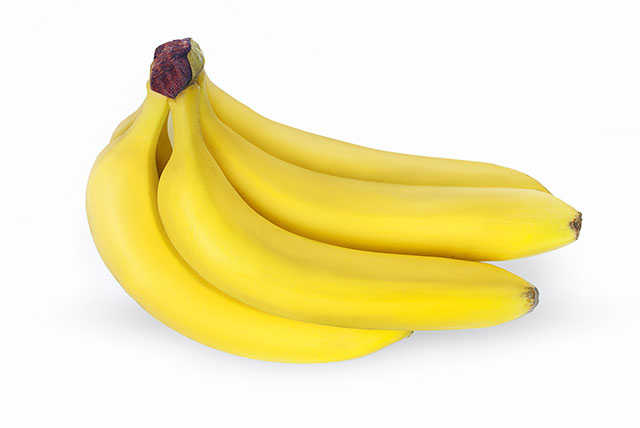
Nutrition Facts
The following data shows the nutrition profile for one medium banana, which weighs approximately 118 grams.
The source of the data is the USDA’s FoodData Central database (1):
| Calories/Nutrients | Amount |
|---|---|
| Calories | 105 kcal |
| Carbohydrate | 27 g |
| Fiber | 3.1 g |
| Sugars | 14.4 g |
| Fat | 0.4 g |
| Saturated Fat | 0.13 g |
| Monounsaturated Fat | 0.04 g |
| Polyunsaturated Fat | 0.09 g |
| Protein | 1.3 g |
As shown in the table, bananas are primarily a source of carbohydrate.
Three grams of this carbohydrate is from fiber, and the sugar content of bananas comes from a combination of sucrose, glucose, and fructose.
Vitamins
A medium-sized banana provides the following vitamins:
- Vitamin B6: 25% DV
- Vitamin C: 11% DV
- Pantothenic acid (B5): 8% DV
- Folate: 6% DV
- Niacin (B3): 5% DV
- Thiamin (B1): 3% DV
- Choline: 2.1% DV
- Vitamin E: 1% DV
- Vitamin K1: 0.5% DV
- Biotin (B7): 0.5% DV
- Vitamin A: 0.4% DV (retinol equivalent activity)
Bananas offer a good amount of vitamin B6 and vitamin C.
Aside from this, they contain small to moderate amounts of most other vitamins.
Minerals
- Manganese: 14% DV
- Copper: 10% DV
- Potassium: 9% DV
- Magnesium: 8% DV
- Phosphorus: 2% DV
- Selenium: 2% DV
- Zinc: 2% DV
- Calcium: 0.5% DV
Bananas provide a moderate amount of manganese, copper, potassium, and magnesium.
They are also a good source of potassium, but they are not as rich in the mineral as some other foods. For more information on this topic, refer to the following article:
How Much Potassium Is In a Banana?
Green Bananas Are a Source of Resistant Starch
Interestingly, the starch-to-sugar content of bananas can change depending on the relative ripeness of the fruit.
For instance, green bananas contain a large proportion of starch equivalent to approximately 80-90% of the carbohydrate content. However, bananas contain a group of amylase enzymes that progressively convert this starch to sugar as the fruit ripens (2, 3).
When the banana is still green and unripe, it contains more significant amounts of a specific type of starch known as resistant starch (4).
Unlike regular starch, enzymes within the small intestine cannot digest “resistant” starch. For this reason, it passes through the small intestine to the colon (5).
In the colon, resistant starch acts like a prebiotic, and the gut microbiota ferments it.
This fermentation process leads to the production of potentially beneficial end products such as butyric acid and other short-chain fatty acids (6, 7).
A systematic review found that green banana consumption tended to lower the severity of symptoms from gastrointestinal conditions (8).
For even more resistant starch, see this article about plantains – a food closely-related to bananas.
Blood Sugar Response
There is a varying degree of blood sugar response to all carbohydrate-containing foods.
However, the glycemic index of bananas varies depending upon how ripe they are.
For example, a green and under-ripe banana has a relatively low glycemic index of 43. In contrast, an over-ripe banana has a high glycemic index of 74 (9).
In other words, banana consumption will increase blood sugar levels, and more quickly if the banana is ripe.
For metabolically healthy individuals, insulin release quickly moves this sugar into the body’s cells (10).
However, for people with diabetes who cannot produce sufficient insulin (or have insulin resistance), these postprandial blood sugar increases can be more significant.
Bananas and Diabetes
In a trial featuring ten participants with type 2 diabetes, researchers recorded the impact of banana intake on blood glucose and insulin response.
Furthermore, the study compared these blood sugar responses with those from consuming 40 grams of white bread.
The table below shows the results of this study (9):
| Food | Blood Glucose Response Area |
|---|---|
| Over-ripe banana | 106 |
| Under-ripe banana | 62 |
| White bread | 181 |
As shown, ripe bananas can significantly raise blood sugar levels, though not to the same extent as white bread.
However, it is worth noting that consuming a banana alongside a source of fat/protein will slow digestion and reduce the postprandial glycemic response (11).
Fasting Blood Sugar Levels
The postprandial blood sugar response to food is not the only factor, and fasting blood sugar levels are just as worthy of consideration. For instance, prolonged high fasting blood sugar levels are associated with a potential increased risk of cardiovascular disease and various types of cancer (12, 13, 14, 15).
Interestingly, limited research suggests that while bananas raise postprandial blood sugar, they may lower fasting blood sugar levels.
This research comes from a pilot study that investigated the effect of banana intake in fifteen participants with diagnosed type 2 diabetes and fifteen healthy participants with normal blood glucose levels.
In the study, daily consumption of 250 grams of banana for breakfast over 12 weeks decreased fasting blood glucose from 99 to 92 in the normal blood glucose group. In patients with type 2 diabetes, there was no significant change in fasting blood glucose over the trial (16).
While the results of this study are interesting, it is a small-scale pilot study and relatively underpowered. In other words, the trial lacks sufficient strength to conclusively claim that bananas lower fasting blood glucose, and larger studies are necessary.
Additionally, we should also consider what the bananas for breakfast might have been replacing in the “habitual diets” of the participants.
For example, replacing sweetened cereal with bananas may be a net positive, but would replacing an omelet and some berries also be positive? The study doesn’t tell us the answer.
Low Carb Diets
Diets low in dietary carbohydrate can be a useful tool for controlling blood sugar levels in people with type 2 diabetes (17).
Since bananas contain a fair amount of carbohydrate and fruit sugar, they are not low-carb friendly and are not well suited for such diets.
Bananas May Have Benefits For the Gut Microbiota
As previously mentioned, bananas can have a prebiotic effect due to their resistant starch content.
Bananas also contain around three grams of fiber per medium fruit. Among the different types of fiber that bananas contain, a soluble fiber called pectin is one of the most prominent (18).
Research has demonstrated that pectin can help to slow postprandial blood sugar response and it also slightly lowers LDL cholesterol levels (19, 20).
Additionally, pectin has a prebiotic effect, and recent research shows that pectin may have a beneficial impact on the gut microbiota (21, 22).
On this note, a randomized controlled trial looked at the effects of consuming a daily banana on the gut microbiota in thirty-four healthy women.
The study found that levels of bifidobacteria and lactobacilli slightly increased over the trial. Bifidobacteria and lactobacilli are bacterial species sometimes referred to as ‘beneficial gut bacteria.’
Furthermore, the study group consuming a banana each day reported ‘significantly lower bloating levels’ compared to the control group (23).
Bananas Are a Convenient Energy Source During Exercise
Bananas provide a convenient and portable source of energy.
For this reason, the fruit has long been a popular choice for athletes who choose to refuel with carbohydrates after exercise.
In this regard, studies suggest that bananas may be more beneficial than sports/carbohydrate drinks.
For example, in a randomized crossover trial, ingesting bananas had a superior effect on post-exercise recovery than a 6% carbohydrate drink in twenty professional cyclists. This result could have been due to the additional electrolytes (such as potassium) that bananas provide (24).
On this note, there are some common myths about bananas being bad due to their (moderately) high carbohydrate content. It is important to point out that there is nothing fattening about bananas – no fruit uniquely causes weight gain.
Phytonutrient Content
Bananas are not a significant source of phytonutrients compared to fruit like blueberries and blackberries.
However, they do still contain several bioactive compounds, and these include the following polyphenols (25):
- Anthocyanins
- Catechins
- Epicatechin
- Gallic acid
- Tannins
When consumed in sufficient doses, these compounds have been shown to have various potential benefits.
However, the amounts present in bananas are relatively small, and there is no specific research in this area to confirm any benefit (26).
Interestingly, it is worth pointing out there are some distinctions between the phytonutrient composition of red bananas and regular yellow bananas.
For a full guide to red bananas, see this guide:
Red Bananas: What Do They Offer Nutritionally?
Potential Benefits For Treating Shigellosis
The bacteria Shigella can cause an infectious disease called shigellosis which mainly affects children.
Symptoms from shigellosis can persist for up to four weeks, and they may include diarrhea, abdominal pain, and fever (27).
On this note, some studies suggest that green bananas may potentially lessen the severity of shigellosis symptoms.
For example, there was a recent double-blind, randomized, controlled trial on seventy-three children infected by Shigella. In this trial, children given a rice-based diet that included green banana had significant decreases in symptoms compared to a control group fed the rice-based diet without green banana (28).
Final Thoughts
Overall, bananas are not as nutrient-dense as certain other fruits such as berries.
However, they do provide a moderate range of nutrients, and some people find them useful as a quick source of energy.
For those that enjoy bananas, there’s no reason why they can’t fit into an overall healthy diet.

